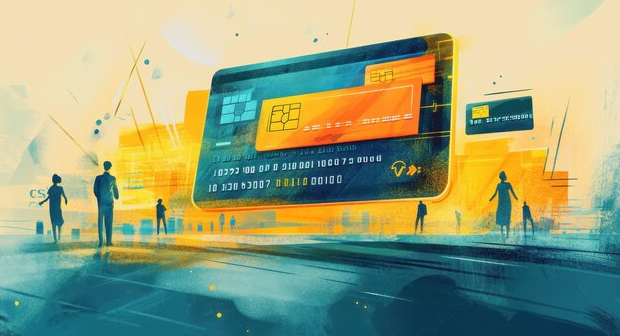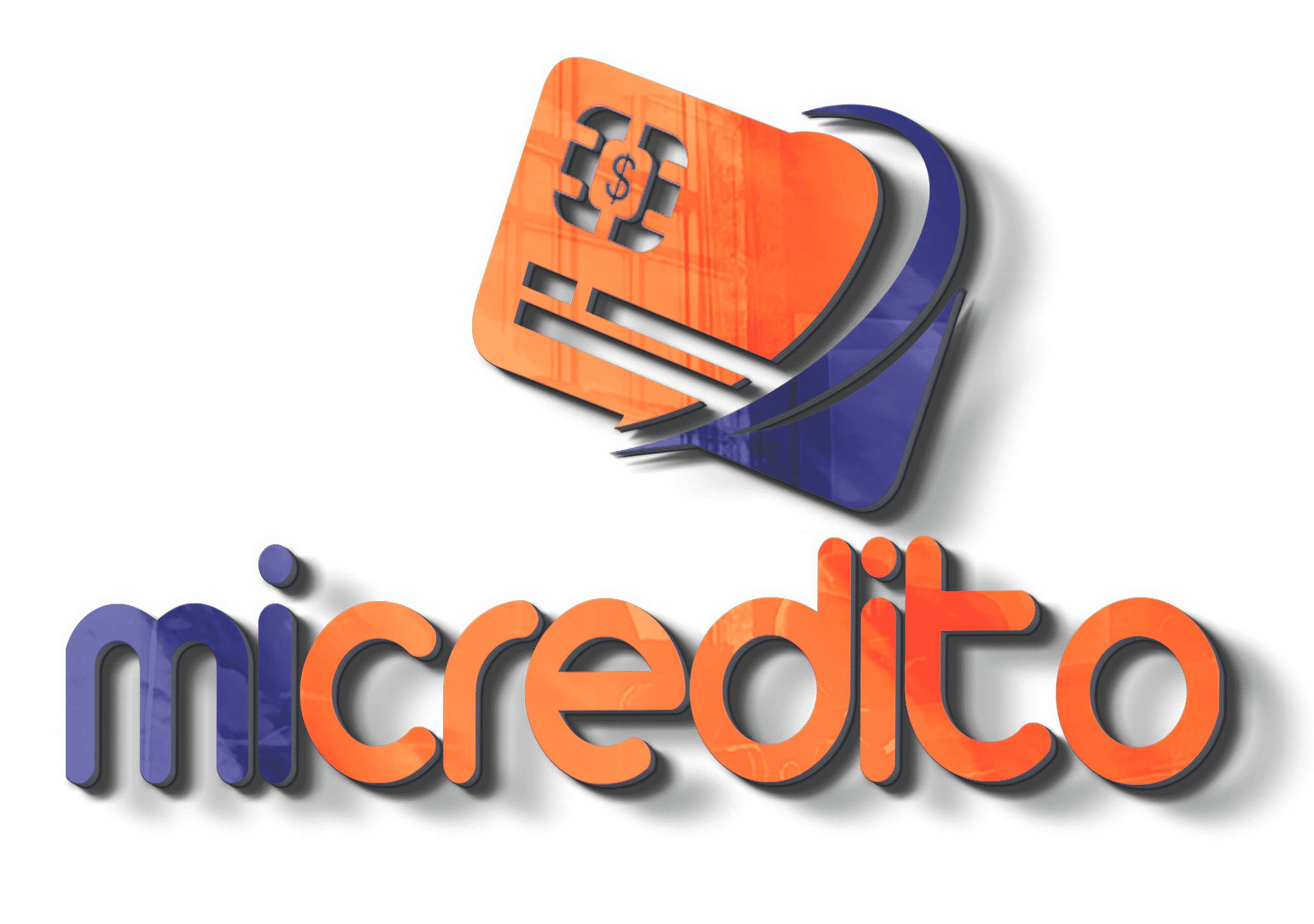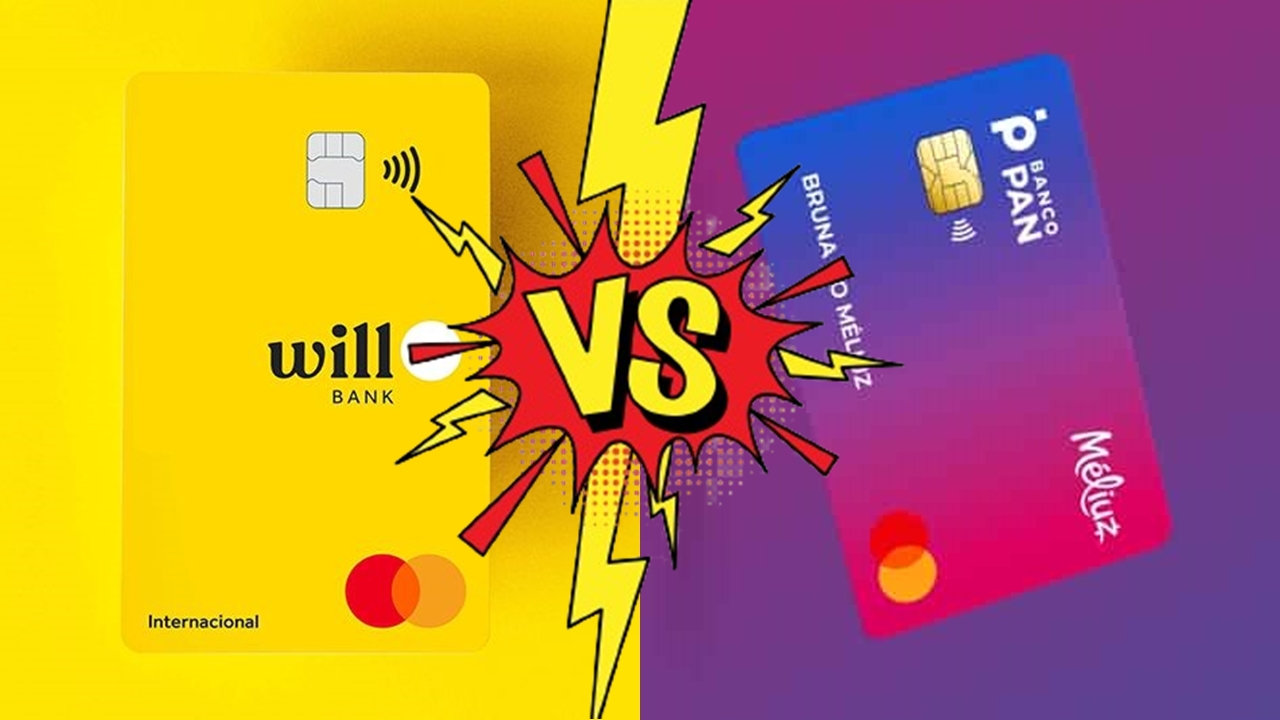In today’s interconnected world, credit cards have become indispensable for international travel and cross-border online shopping. With a simple swipe or tap, you can pay for a cup of coffee in Paris or book a safari in Kenya. However, while the convenience is unmatched, the hidden costs of using credit cards abroad can leave a bitter taste for many. Foreign conversion rates are often riddled with markups and additional fees, creating a significant financial burden for unsuspecting users.
Understanding these challenges is essential for both consumers and financial institutions to promote transparency and empower better decision-making. This article explores the primary obstacles tied to foreign credit card conversion rates, shedding light on the factors that drive costs and offering actionable solutions to help mitigate them.
Understanding foreign credit card conversion rates

The basics of currency conversion
Currency conversion is an essential process when using a credit card abroad. When you pay in a foreign currency, your bank or card issuer converts the amount into your home currency before deducting it from your account. This conversion might sound straightforward, but the reality is more complex. The exchange rate used is often inflated by a hidden margin that ensures financial institutions profit from every transaction.
For example, the interbank rate—the rate banks use when exchanging currencies—may indicate that one euro equals 1.10 US dollars. However, your card issuer might use a rate of 1.15, pocketing the difference as profit. Over multiple transactions, these small differences accumulate, leading to substantial losses for the cardholder. This lack of alignment between interbank rates and consumer rates highlights a fundamental challenge: the inherent lack of transparency in the conversion process.
How fees compound
On top of inflated exchange rates, foreign credit card transactions often come with additional fees that amplify the total cost. These charges generally include a foreign transaction fee, which is typically 1% to 5% of the purchase amount, and network fees imposed by Visa, Mastercard, or other card providers. The result is a double-edged sword, where the cardholder pays more both through hidden exchange rate markups and explicit transaction fees.
Consider a scenario where a tourist spends $1,000 abroad. With a 3% foreign transaction fee and a 2% exchange rate markup, they could end up paying $1,050 instead. This pattern disproportionately affects frequent travelers, expatriates, and even online shoppers, making foreign credit card usage a costly affair over time. Unfortunately, many consumers remain unaware of these hidden costs, further compounding the problem.
Key challenges cardholders face
Lack of transparency
One of the most significant hurdles consumers face is the opacity surrounding foreign conversion rates. Financial institutions often provide little to no explanation of how exchange rates are determined, leaving users in the dark about the true cost of their transactions. Unlike fixed fees, which are outlined clearly in terms and conditions, exchange rate markups are dynamic and can vary significantly depending on market conditions and issuer-specific policies.
This lack of transparency creates confusion, especially for consumers trying to budget for travel or make large purchases. Without clear guidelines, they are left to speculate on the final costs until the transaction posts to their account. The variability further erodes trust, as similar transactions can yield wildly different charges depending on the timing and location.
Dynamic Currency Conversion (DCC) pitfalls
Dynamic Currency Conversion is another major challenge for cardholders. This service allows merchants to offer customers the option of paying in their home currency rather than the local one. While this might seem convenient, DCC often comes with significantly higher fees than standard credit card conversion rates.
For example, a traveler in Japan paying 10,000 yen may be offered the option to pay $75 in their home currency. While this provides immediate clarity, the exchange rate used for DCC is typically inflated, and additional service fees are layered on top. Studies suggest that DCC can increase transaction costs by up to 7%, making it one of the most expensive ways to pay abroad. Unfortunately, many consumers opt for DCC without fully understanding its implications, lured by the illusion of convenience.
Psychological Barriers
In addition to the financial toll, the uncertainty surrounding conversion rates can create significant psychological stress for travelers and online shoppers. The fear of being overcharged often leads to hesitation or second-guessing, detracting from the overall experience. Many individuals avoid using their credit cards abroad altogether, relying instead on cash or prepaid options to circumvent perceived risks.
This cautious behavior, while understandable, comes with its own downsides, including the inconvenience of managing foreign currency and the lack of fraud protection offered by credit cards. The psychological barriers stemming from conversion rate confusion thus represent a broader challenge that affects consumer confidence and behavior.
How to mitigate conversion rate challenges
Empowering cardholders with knowledge
One of the most effective ways to address conversion rate challenges is through education. Financial institutions must take the lead in providing clear, accessible information about fees, exchange rate policies, and best practices for international usage. For example, banks can offer detailed guides or workshops on how to use credit cards abroad while minimizing costs. Similarly, consumers should take the initiative to research credit card options before traveling, prioritizing those with low or no foreign transaction fees.
Another critical step is understanding how to identify and avoid Dynamic Currency Conversion. Cardholders should always opt to pay in the local currency when given the choice, as this minimizes the risk of inflated costs. Learning to recognize and avoid common pitfalls empowers consumers to make more informed decisions.
Leveraging technology
The rise of fintech solutions has provided consumers with powerful tools to navigate the complexities of foreign credit card transactions. Mobile apps like Revolut, Wise, and XE allow users to monitor real-time exchange rates and convert currencies at competitive rates before making purchases. Additionally, multi-currency wallets offer the flexibility to hold and spend funds in different currencies, bypassing traditional bank markups.
For frequent travelers, premium credit cards that waive foreign transaction fees and offer perks like travel insurance or airport lounge access can also be worthwhile investments. These cards often provide more favorable exchange rates and reward programs tailored to international spending, making them an ideal choice for global citizens.
Advocacy for industry change
On a broader scale, advocacy and regulatory efforts are crucial for creating a more transparent and consumer-friendly financial environment. Organizations that advocate for fair banking practices can push for standardized fee disclosures and greater accountability from financial institutions. Governments and regulatory bodies can also play a role by implementing rules that cap exchange rate markups or require clearer communication of fees.
Encouragingly, some banks and issuers have already begun adopting more transparent models. Cards that advertise zero foreign transaction fees and competitive exchange rates are growing in popularity, signaling a shift toward consumer-centric practices. By supporting these efforts and demanding greater transparency, consumers can help drive meaningful change across the industry.





